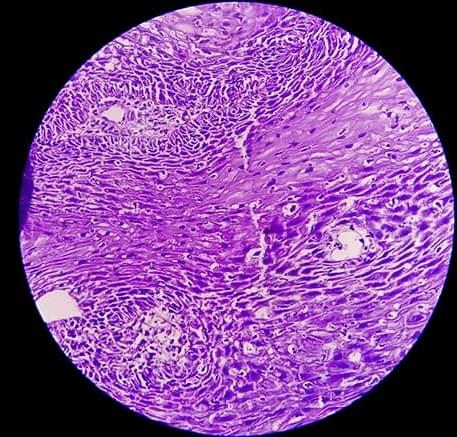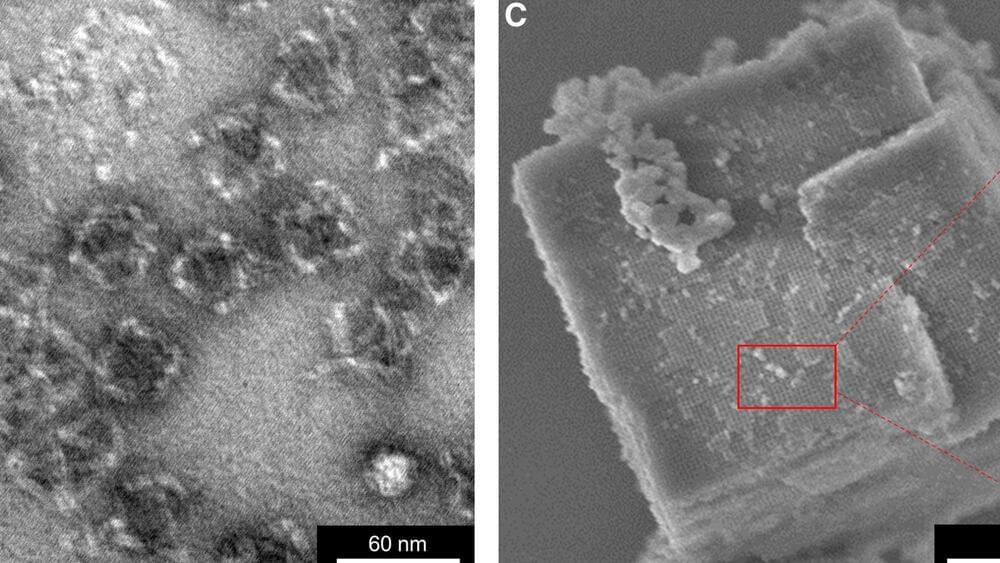More people than ever before—828 million, according to the most recent estimates—do not know where their next meal will come from. Yet we are producing more food than ever, with cereal grain production at an all-time high. How did we get so far off track in ending hunger and how do we get back on course?
Food crises are complex, and the temptation is to fix the symptom, rather than identifying the cause. COVID-19, conflict, and climate change are among the most frequently cited causes of the current food price crisis, but the underlying systemic issue remains: We need to radically transform the way we produce and consume food.
A more stable, equitable, and sustainable food system would connect the world’s 600 million farms with its 8 billion consumers, and capitalize on the ability to both feed the hungry while mitigating greenhouse gas emissions and rapidly adapting to a changing climate. We must act now, together, and decisively, or risk more crises in the future. Five critical actions are set out below.









